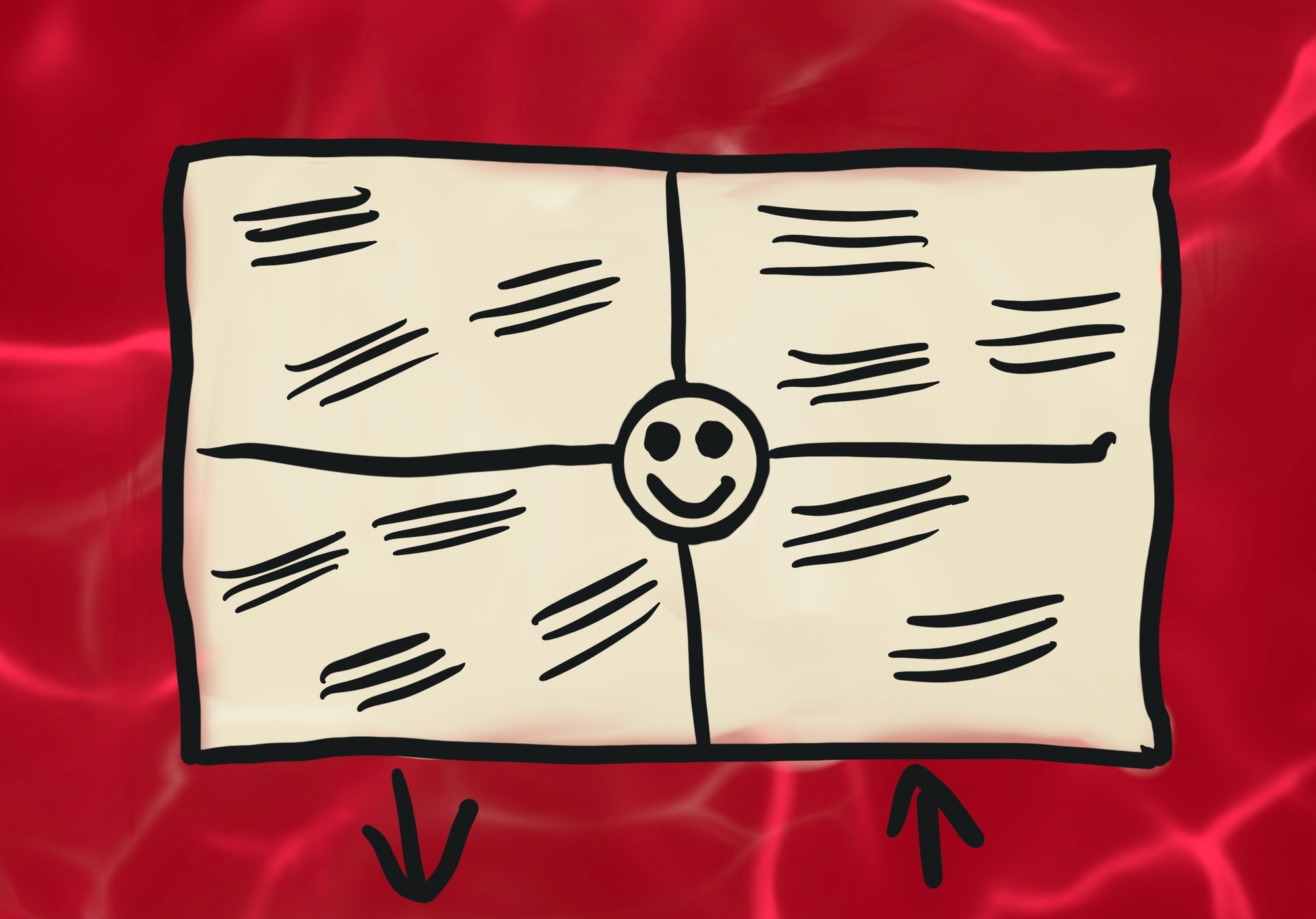Using empathy mapping to improve learner engagement
Once I have created an empathy map, I take the learning objectives that have been agreed for the project, and I use the pains and gains as a lens to improve the activities I'm planning.

Empathy mapping is a tool I use as a learning designer to create more engaging and effective learning experiences.
I base my learning design approach on learning objectives that align with clear target behaviours supporting organisational goals. But this does tend to mean I am tempted to focus on the goals, not on the learner's motives. And engagement springs directly from motivation.
In my recent informal LinkedIn survey of learner engagement, two key reasons for people to rate learning as worthwhile emerged: engaging activities and topics that were immediately useful to them in their work.
By using empathy mapping, I can renew my focus on my learners’ perspectives, motivations, and challenges. This, in turn, helps me design activities that are relevant and meaningful.
My process for empathy mapping in learning design
Empathy mapping is a human-centred design tool that allows me to visualise and analyse learners’ experiences. I break down the learner’s journey into four key areas:
- What the learner says – Comments, feedback, and verbalised experiences of learning.
- What the learner thinks – Internal thoughts and concerns that may not be openly expressed.
- What the learner does – Actions and behaviours observed during the learning process.
- What the learner feels – Emotional responses, frustrations, and motivations that shape engagement.
I generally do this as a small group activity, quizzing the subject experts, stakeholders, and any learners I have access to fill in a shared map.
Extracting pains and gains from different learner types
I like to make two maps - one for eager learners and one for reluctant learners. This allows me to identify distinct pains (challenges and barriers) and gains (motivations and benefits) for each group. Then I combine them to get a general set of challenges and motivations.
By identifying these pains and gains, I can tailor learning activities to address specific concerns and motivations, ensuring engagement for both keen and reluctant learners.
Mapping to learning activities
Once I have created an empathy map, I take the learning objectives that have been agreed for the project, and I use the pains and gains as a lens to improve the activities I'm planning.
Looking at each planned learning activity with the pains and gains in my field of vision helps me to refocus on whether I'm actually delivering to the learner - or just to the learning objective.
Using empathy mapping this way in learning design ensures that my activities are aligned with real learner needs as well as the organisational goals.
By following a structured process, I can renew my own commitment to creating experiences that respect the mana of my learners and show care and understanding for who they are.
Where to learn more
There is a solid intro to empathy mapping here: A Complete Guide to Empathy Mapping for Beginners | Designlab (Hannah, 2023)
Originally published on my LinkedIn page on 11 March 2025. This is a follow-up to my Crack’n LnD webinar of March 2025.

